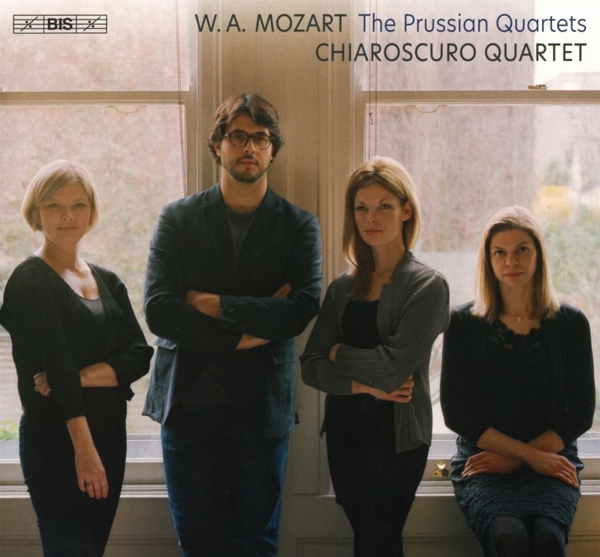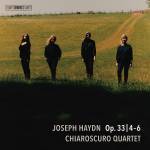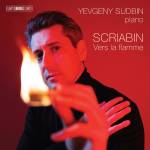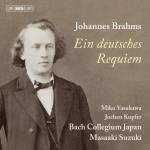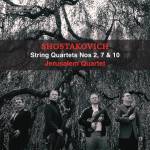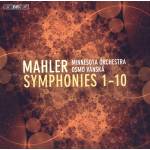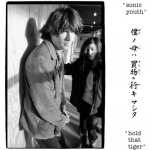Weitere Produkte von Chiaroscuro Quartet |
Mein Konto
|
Anmelden
|
Deutsch |
€ Euro |
erweiterte Suche
|
Alle Kategorien
BEST SELLER
500
NEUHEITEN
8.755
ANGEBOTE
226.584
Bisherige Auswahl:
keine Auswahl
Ergebnis einschränken:
TECHNIK
266.186
MUSIK
714.555
- Akkordeon
8
- Alte Instrumente
123
- Bläserensemble
45
- Blechbläser
44
- Blockflöte
53
- Cello
287
- Cembalo
24
- Fagott
19
- Flöte
220
- Gemischtes Ens.
69
- Gitarre
98
- Harfe
28
- Holzbläser
34
- Horn
38
- Klarinette
119
- Klavier
416
- Klavierquartett
26
- Klaviertrio
147
- Kontrabass
17
- Laute
18
- Mandoline
14
- Oboe
54
- Oktett (KE)
3
- Orgel
34
- Posaune
21
- Saxophon
45
- Schlaginstrument
11
- Sonstige
11.102
- Sonstiges Ensemble
194
- Streicherensemble
90
- Streichquartett
394
- Streichquintett
20
- Streichtrio
56
- Trompete
53
- Tuba
3
- Viola
69
- Violine
532
Sinfonische Musik
13.014
Sonstige Klassik
4.000
|
Musik Filme Hörbücher Merchandise Kinder |

